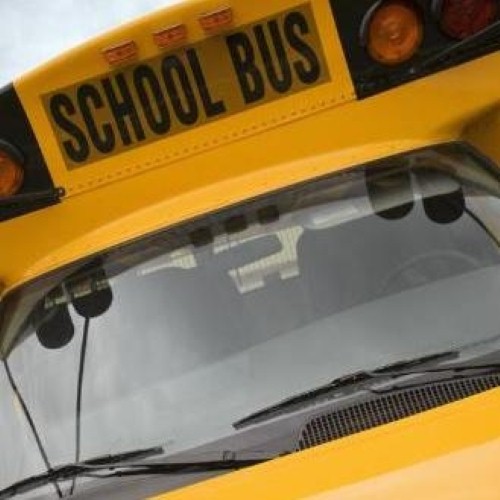As repeatedly stressed throughout this blog, having a business continuity plan to layout action protocols for an emergency situation is only half the battle. In order for an organization to truly be prepared for disaster circumstances, theoretical response terms need to be regularly tested to identify discrepancies and fix them.
For example, officials at the Jefferson Regional Medical Center (JRMC) in Pittsburgh recently undertook a mock disaster response scenario to test the center's ability to provide aid to children in distress.
In order to do so, a drill was setup in which a bus filled with a group of "fifth graders" (represented by mannequins) on their way to a science fair experience an accident after a model volcano erupts because of an inadvertent chemical reaction.
"Our goal for this drill is to activate our incident command center, and by each department working together efficiently, ensure that each ‘patient' receives proper care and treatment," said Del Olson emergency preparedness coordinator at JRMC.
Consequently, emergency personnel ranging from healthcare officials, police officers and volunteers were all fully deployed to provide medical attention, traffic coordination and support to the victims and their families.
In fact, auxiliary staff at JRMC posed as the students' parents and grandparents so that the participants could practice their tact when providing families with negative news.
Considering how JRMC's preparedness levels will now be optimized, enabling the organization to effectively deal with the fallout of a significant emergency, other officials should take the steps to develop their own mock exercises. One of the best ways to do so is by partnering with a disaster preparedness consultant that can help facilitate tabletop exercises. These professionals can help design a test drill, examine points of weakness and make strategic recommendation to fix those holes in the future.

